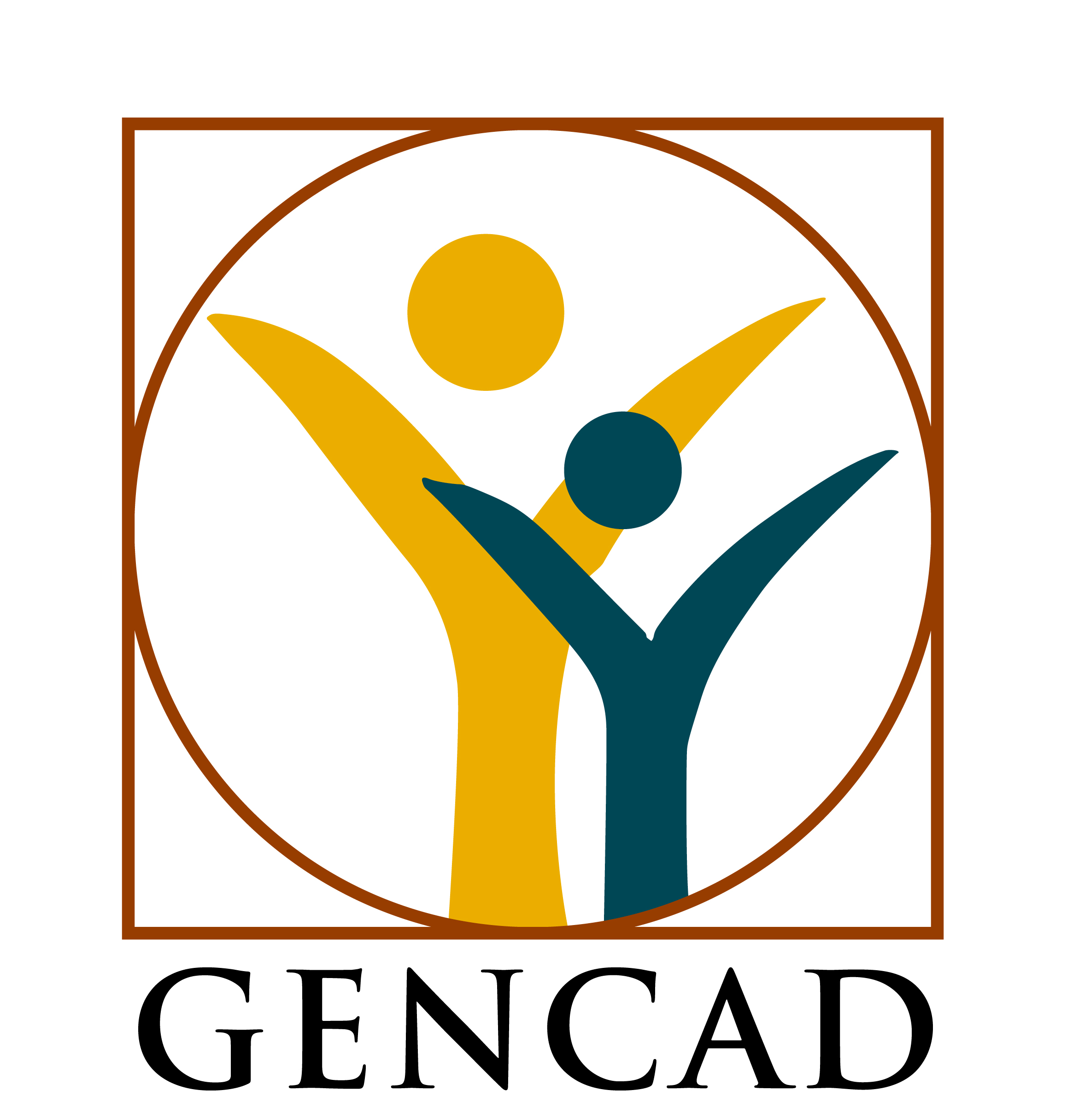Where We Work.
Where We Work
Background
The counties in the former North Eastern Province (NEP) is the least developed region in Kenya. Poverty level is extremely high. According to Human development report 2006 the region recorded the biggest increase in poverty levels with human poverty index rising from 43% to 50.5%.
The province does not fare well in other areas either:
- 93 % of women in NEP have no education at all
- There is 1 doctor for 120000 people
- Only 1 out of 3 children attend school
- The secondary NER is 3.1% for boys and 1.8% for girls
- Adult literacy rate is 64.2%.


Mandera County
At present, our area of focus is Mandera County in the North Eastern region of Kenya. Mandera is an arid and remote county 1136Km from the Kenyan capital, Nairobi.
According to Kenya Livelihood Baseline Survey 2009, poverty level in Mandera County is the third highest in the country with 87.8% of the population living below the poverty line compared to the national average of 46%.
Other social indicators for the county are equally low. For instance only;
- 65.7% and 9.6% of the population have primary and secondary education respectively
- Lowest primary and secondary school enrolment rate at 9.8% and 4.8% respectively.
- 42% of 15-18 year olds are attending school
- 31% of male and 67% females 15 years and above are illiterate
- Adult literacy and numeracy rate is 8.1% and 9.6% respectively.
- 2.5% of the population have access to electricity
- 8.2% delivery in health centre.
